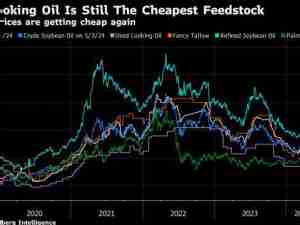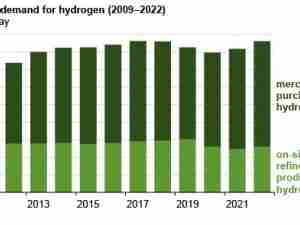U.S. oil is getting cheaper relative to its international counterpart as traders price in geopolitical risk in Ukraine, potentially shifting America’s trade balance.
When the spread hits $4, that typically makes the U.S. benchmark too cheap for international refiners to ignore and covers the cost of overseas transportation and storage. At the same time, American refiners tend to stop buying international crude, and the EIA can draw on its inventories. All of this can shift trade balance dynamics at a time when U.S. exports have slowed.
This move is happening as traders price in a premium for Brent due to Russia-related risk as preparations ramp up for a possible Russian invasion of of Ukraine. The spread previously widened in August thanks to an improving global virus situation and increasing Chinese demand. That placed international benchmarks at a premium, only to reverse in light of European energy issues.
To be sure, the Kremlin has denied any plans to invade Ukraine. But traders are pricing in the risk nonetheless. And now the U.S. Congress is preparing to sanction Russia with penalties even without an attack. Meanwhile, Russia remains the second largest OPEC+ oil producer and has been struggling to both ramp up capacity and meet scheduled output.








